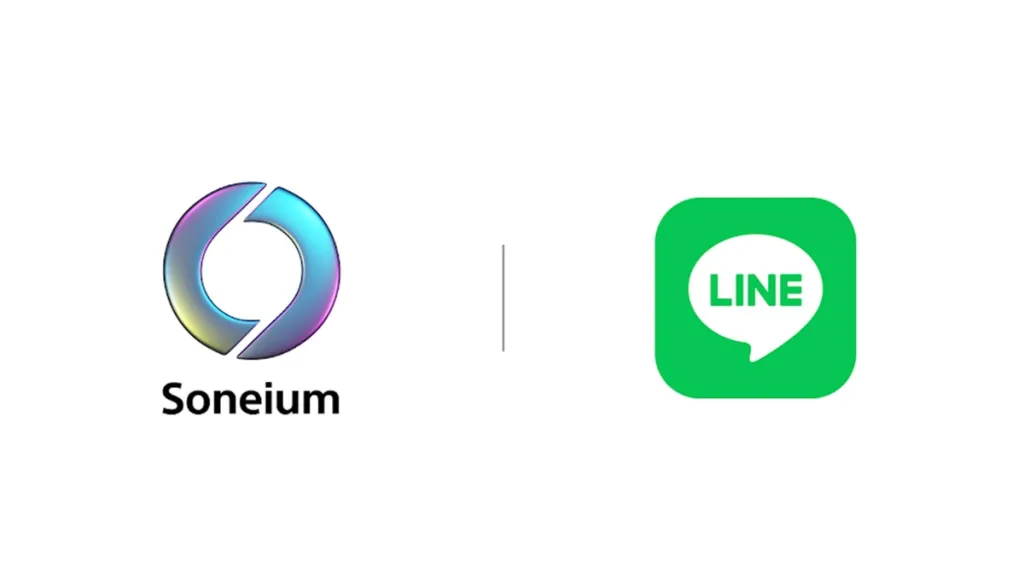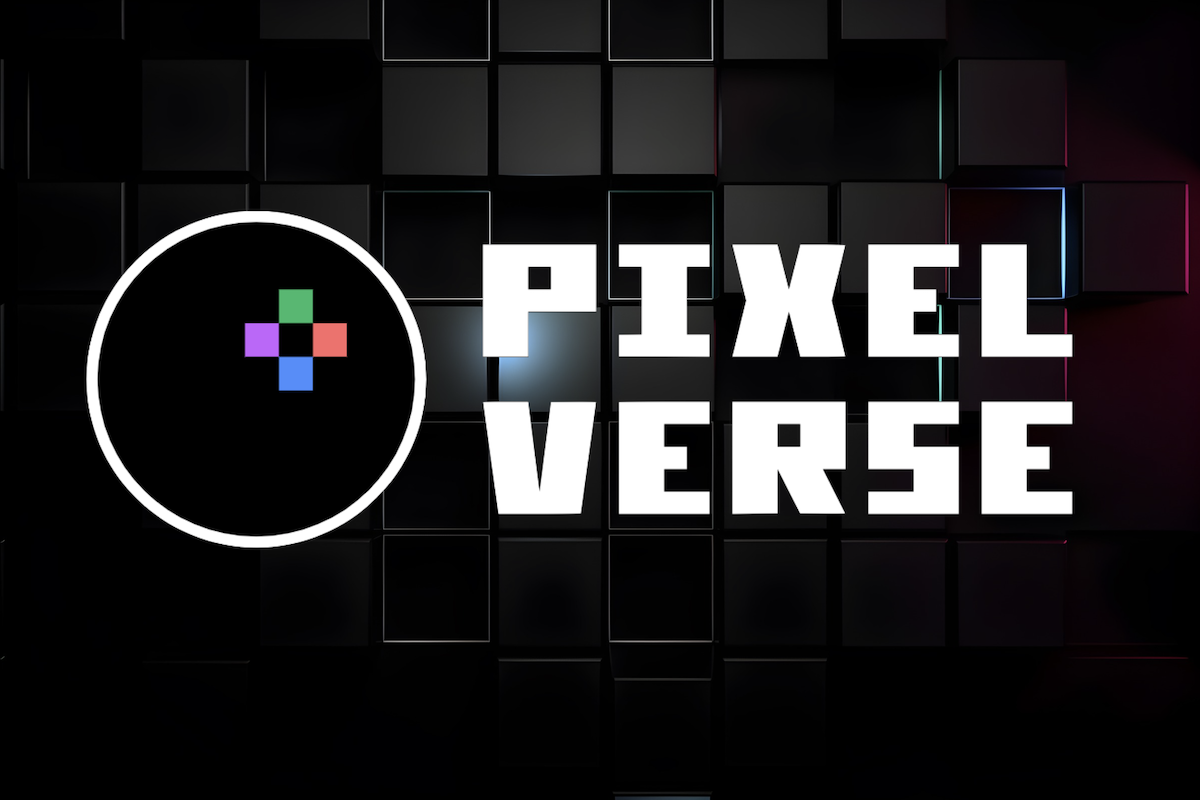Games in the Metaverse: Blockchain vs Mainstream
Video game developers are building new levels of immersion into the player experience. This is what you need to know
Video game developers are building new levels of immersion into the player experience. As we move towards the metaverse era, a new phase of our digital experience, games are even starting to call themselves a 'metaverse'. With this buzzword at its all-time peak and video game companies investing billions in the metaverse, it's time we looked at the impact games will have on the metaverse.
It's not impossible to visualize an era where we're all putting on a virtual reality headset and jumping into the same, persistent virtual world as depicted in 'Ready Player One' by Steven Spielberg. We may not be light years away from VR headsets gaining mass adoption and we already have sensory technology emerging similar to that portrayed in the movie.
However, we can't predict the future precisely. We can analyze the facts and the facts alone are breathtaking. If you look at the acquisitions that are being made in the digital world, the teams who are working on these projects and the money being spent, it's not an exaggeration to say that a technological boom is upon us.
In previous articles, I've discussed the likes of Meta, Microsoft, and Apple, who are engaging in a thrilling battle of their own, individual visions of the metaverse.
Yet, the closest thing we have to a metaverse, right now, is games. Indeed, games are creating their own metaverse platforms, which combine the 'sandbox' genre, open-world RPG games, and the new play-to-earn (P2E) phenomenon.
Metaverse Games

A metaverse game has a large element of social interaction, freedom to explore, creativity, and earning potential. Much like 'The Sims', 'Minecraft', 'Second Life' and all those pioneering, player-centric games, the user is empowered to build something sustainable in the virtual realm - a second life.
With the emergence of games like Roblox and The Sandbox, which I discussed in my previous article, and the blockchain and NFTs, the P2E element has changed the landscape of video games. Now, there are possibilities to invest your time and gain real, financial rewards, and even create your own, thriving in-game economies. A prime example, which is hot off the press, is Moon - a new metaverse game, built on the Binance Smart Chain, which encompasses real-life simulation on a massive scale.
Here, on The Moon, you can become a landowner and create your own society within a society. In turn, this can all be monetized through NFTs, which are underwritten by smart contracts, and irrefutably confirm your ownership of the land or asset in the game.
Based on the success of Axie Infinity, whose P2E mechanism has changed lives in developing countries like the Philippines, we'll be seeing a lot more earning opportunities in games and this captures something crucial about the metaverse, the ability to live your life in a virtual space. Being able to do whatever you choose, and be whoever you choose to be on that day, are crucial elements of the metaverse - all romanticized in 'Ready Player One'.
With these player-driven games emerging thick and fast and so much on the horizon with emerging tech, let's take a look at which projects could be making a significant impact on this space.
Mainstream - Epic Games

A discussion about metaverse games must involve Tim Sweeney and his company, Epic Games. Sweeney, the founder of Epic Games, has been building the infrastructure for a metaverse for many years now. Just last month in April, backed by $2 billion investment from Sony and KIRKBI (The Lego Group), Tim has been making moves towards his goal of building the defining metaverse project. Incidentally, following the $2 billion funding round, Epic Games had a post-money equity valuation of $31.5 billion.
Sweeney said: “This investment will accelerate our work to build the metaverse and create spaces where players can have fun with friends, brands can build creative and immersive experiences and creators can build a community and thrive.”
How the Epic Games metaverse will look, we can only imagine, but we know that it will be powered by Sweeney's legendary Unreal Engine, which is the driving force of so many high-calibre games and of course, his own classic, 'Fortnite'.
Tim Sweeney's metaverse vision
Indeed, Sweeney is a big-time player in the metaverse game. He's so determined about his vision, that he's recently challenged Apple in the courtrooms after attempting to bypass the 30% revenue-sharing cut they take in their iOS App Store. Speaking of the situation, Sweeney wrote:
"Apple has outlawed the metaverse. The principle they state, taken literally, would rule out all cross-platform ecosystems and games with user created modes: not just xCloud, Stadia, and GeForce NOW, but also Fortnite, Minecraft, and Roblox."
Crucial to Tim's vision of the metaverse is being able to take items you've earned in one gaming experience, like Fortnite into another realm, like Minecraft. Tim takes issue with the 30% cut taken by Apple and indeed Google (he also took Google to court) in their respective app stores.
Apple's dominance in the market is a hindrance for Epic Games, but will not deter Sweeney from his mission. Last year in March, Epic Games announced a couple of key acquisitions. First, the Tonic Games Group, then, Capturing Reality. With the latter, Epic plans to integrate the powerful photogrammetry software into the Unreal Engine eco-system, making it easier for developers to create photo realistic, 3D models.
Moreover, with The Lego Group on board, Sweeney has the power to create ultra-realistic, immersive metaverse games, which are family-friendly.
Sweeney said: “The LEGO Group has captivated the imagination of children and adults through creative play for nearly a century, and we are excited to come together to build a space in the metaverse that’s fun, entertaining, and made for kids and families.”
Microsoft/Activision Blizzard's Metaverse

Microsoft recognized the importance of games in the metaverse when it bought the gaming giant Activision Blizzard for $68.7 billion at the beginning of the year. Another man truly playing the game is Microsoft CEO Satya Nadella, who said after the acquisition:
“In gaming, we see the metaverse as a collection of communities and individual identities anchored in strong content franchises accessible on every device."
“To me, just being great at game building gives us the permission to build this next platform, which is essentially the next internet: the embodied presence. Today, I play a game, but I’m not in the game. Now, we can start dreaming [that] through these metaverses: I can literally be in the game, just like I can be in a conference room with you in a meeting. That metaphor and the technology [...] will manifest itself in different contexts.”
Activision Blizzard are responsible for immersive classics like World of Warcraft, Overwatch, and Call of Duty, which gives a taste of what's to come in Microsoft's vision. In fact, Activision is one of the top developers in the gaming world and soon, according to Nadella's vision, they will be building Microsoft's best metaverse games across all platforms.
Metaverse games on the blockchain

Blockchain games have stormed the metaverse market in the last year, thanks to the possibilities afforded by NFTs and the decentralized blockchain. Although crypto remains a barrier to entry for many, the growth in crypto is astronomical and only likely to continue, as it becomes more user-friendly. Let's remember, over 100 million people in the world use cryptocurrencies now, so there's no reason that figure can't creep towards the billions in decades to come.
Hence, different games are emerging which give players opportunities that they've never had before. Namely, to own digital assets, create their own economies, and monetize their worlds - all in a video game. This aspect of ownership is exemplified by Decentraland and The Sandbox game, where you can wander around the land and enjoy various experiences, much like you can in an open-world RPG game. However, the blockchain and specifically NFTs allow you to buy real estate in these worlds and build your own experience, which can be monetized - adding a new dimension of freedom and ownership.
With this capability, exciting digital worlds are emerging on the blockchain, taking metaverse gaming to new levels of immersion. Take Arcade's metaverse for example, built on the Ethereum blockchain, which claims to be the first interoperable, decentralized metaverse.
In this game, built by the same development team as Apes vs Mutants, you can take your favorite NFT avatar and travel between different experiences in the metaverse.
Illuvium - a Metaverse Game

Speaking of which, Illuvium is a blockchain game in its early stages of development, which is getting a lot of hype at the moment. The game will be on the Immutable X layer 2 Ethereum side-chain - thus will not have the on-boarding gas fees synonymous with Ethereum.
In this science fiction metaverse platform, you can travel between various alien lands exploring, collecting, and building to help your crash-landed crew flourish - earning rewards in the process.
The play-to-earn mechanism in Illuvium works in various ways. As in the aforementioned blockchain games, you can earn through your trading digital assets in the game. This could be land, avatars, cool items for your avatar or 'skins'. As you're playing on a decentralized blockchain, the assets are truly yours to own and monetize, and you make 100% of the profits.
You can also earn rewards by playing the game, completing tasks, winning tournaments and even wagering on special battles that take place in their battle arena. The immersive aspect of Illuvium represents a huge step forward in the blockchain metaverse, which has been lacking in terms of its gripping gameplay. Speaking of which...
Big Time RPG

Big Time is an upcoming RPG adventure game, which is another metaverse currently in development. Although Big Time are not strictly calling themselves a metaverse, the in-game mechanics suggest we're going to get something highly engrossing. This experience will combine cutting-edge gameplay, social networking, visually stunning graphics, and real asset ownership - making this a ground-breaking blockchain game.
The team behind Big Time is led by CEO Ari Meilich, co-founder of the pioneering metaverse Decentraland. His development team is an all-star cast, who are gaming veterans from the likes of EA, Activision Blizzard, Epic Games, and Riot Games.
Combining these facts with in-game features like historical NFTs, and having your own time machine - a place that you create and customize for social interaction - and it's easy to get excited about this game.
We, the player, wins
The big winner to emerge from this enthralling battle between two worlds, the mainstream, and the blockchain, will be us, the player. We are going to see thriving communities emerge from each immersive experience and every platform will offer something unique.
Whether you're an NFT/blockchain person or not, the choices offered between both spaces are going to continue galvanizing technological innovation and one day, perhaps, should the stars align, there will be a thriving metropolis that encompasses all platforms, which is fully interoperable and connected.





